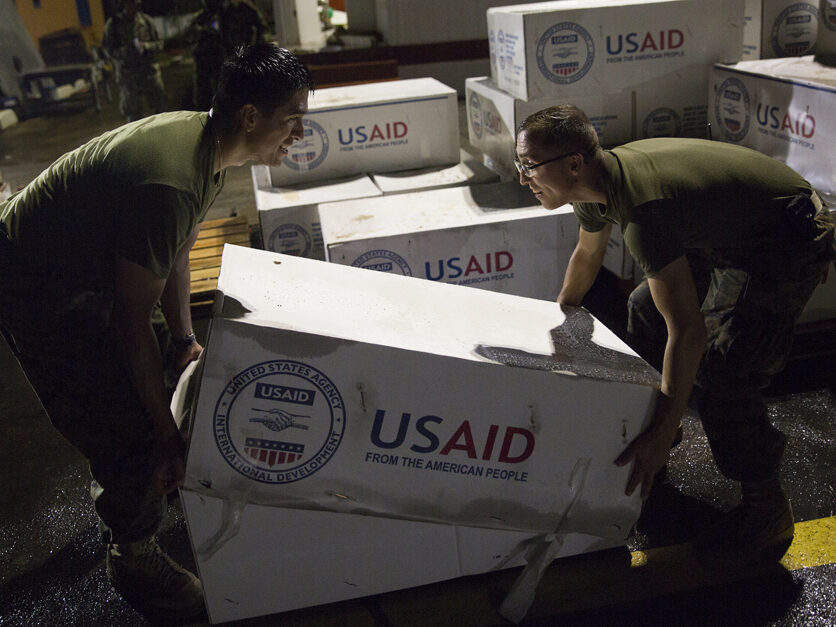Key Takeaways
- The Trump administration is cutting most of the USAID workforce, with major layoffs scheduled as part of a merger into the State Department.
- Employees managing critical programs will face termination dates, with operations shifting to the State Department by September 2.
- Concerns arise over the long-term impact on U.S. foreign aid effectiveness due to expected delays in staffing and operational continuity.
Significant Workforce Reductions at USAID
The Trump administration plans to significantly reduce the workforce of the U.S. Agency for International Development (USAID), effectively transferring its remaining operations to the State Department. This decision has been termed an “extinction event” for U.S. foreign aid by some within the agency. Jeremy Lewin, USAID’s chief operating officer, communicated this transition in an email to staff, stating that nearly all non-statutory positions would be eliminated as part of the merger process.
Employees involved in programs like food aid through Food for Peace have been notified of their impending termination, with key dates set for July 1 and September 2. By early July, the State Department will take on responsibility for USAID’s programs, while operations will wind down or be transferred by the September date. Following the merger, the State Department plans to undergo a hiring process to staff necessary positions for the continued administration of U.S. foreign aid programs.
Lewin reassured employees that those uninterested in participating in the agency’s transition could opt for administrative leave, highlighting the administration’s commitment to making the process smooth and respectful. Secretary of State Marco Rubio emphasized that U.S. foreign assistance would be re-oriented to align more closely with national interests while sustaining essential life-saving programs and strategic investments.
Despite official assurances, skepticism remains among former USAID contractors regarding the future efficacy of U.S. aid initiatives. One contractor expressed doubt about the ability to sustain operations without sufficient staffing, citing the lengthy bureaucratic hurdles associated with hiring foreign aid workers. This creates concerns about a potential multi-year gap in international aid delivery, as filling positions can take an extensive amount of time.
The transition will require approval from Congress, which may complicate and prolong the reorganization efforts further. The State Department has already informed Congress of its intent to reorganize, discontinuing functions that do not align with current administration priorities. Legislative requirements emphasizing transparency in hiring will also contribute to delays.
With this significant shift, experts and insiders worry about the long-term implications for U.S. foreign aid and the potential dismantling of established aid programs that aid developing countries. This ongoing restructuring raises important questions about the future of U.S. international engagement and support in global humanitarian efforts.
The content above is a summary. For more details, see the source article.















